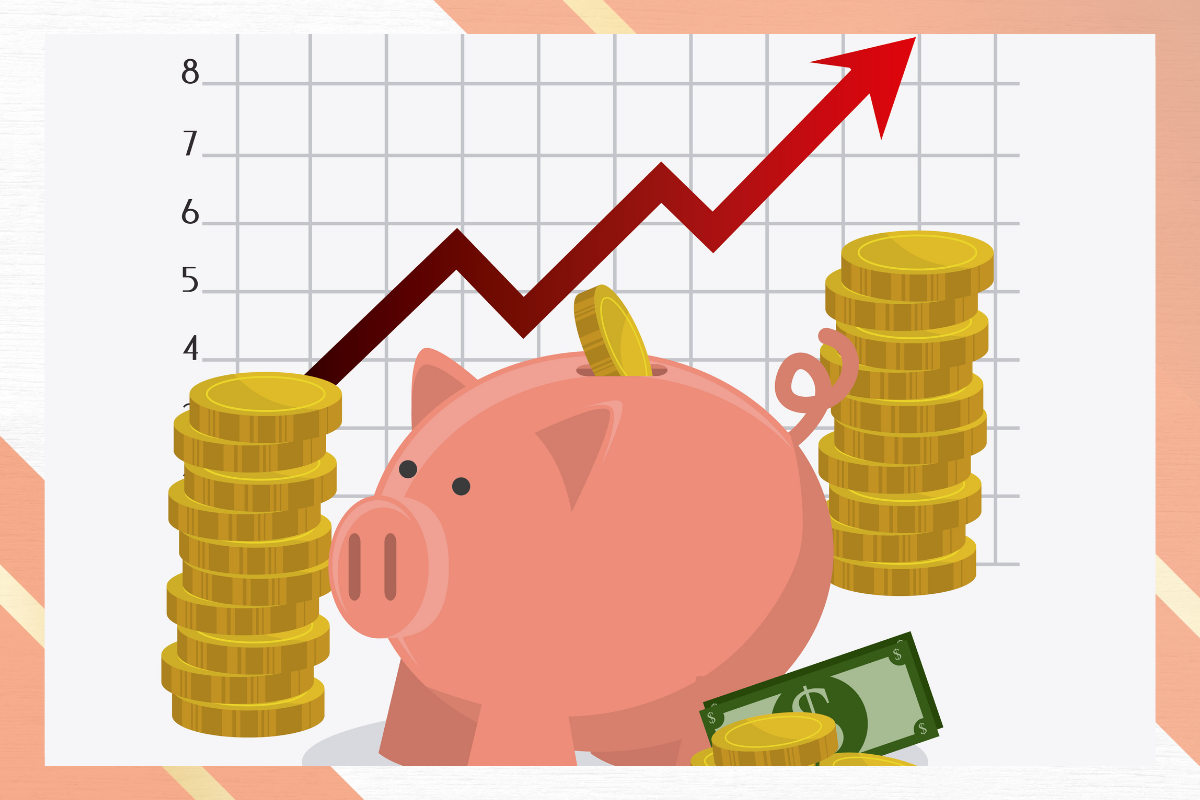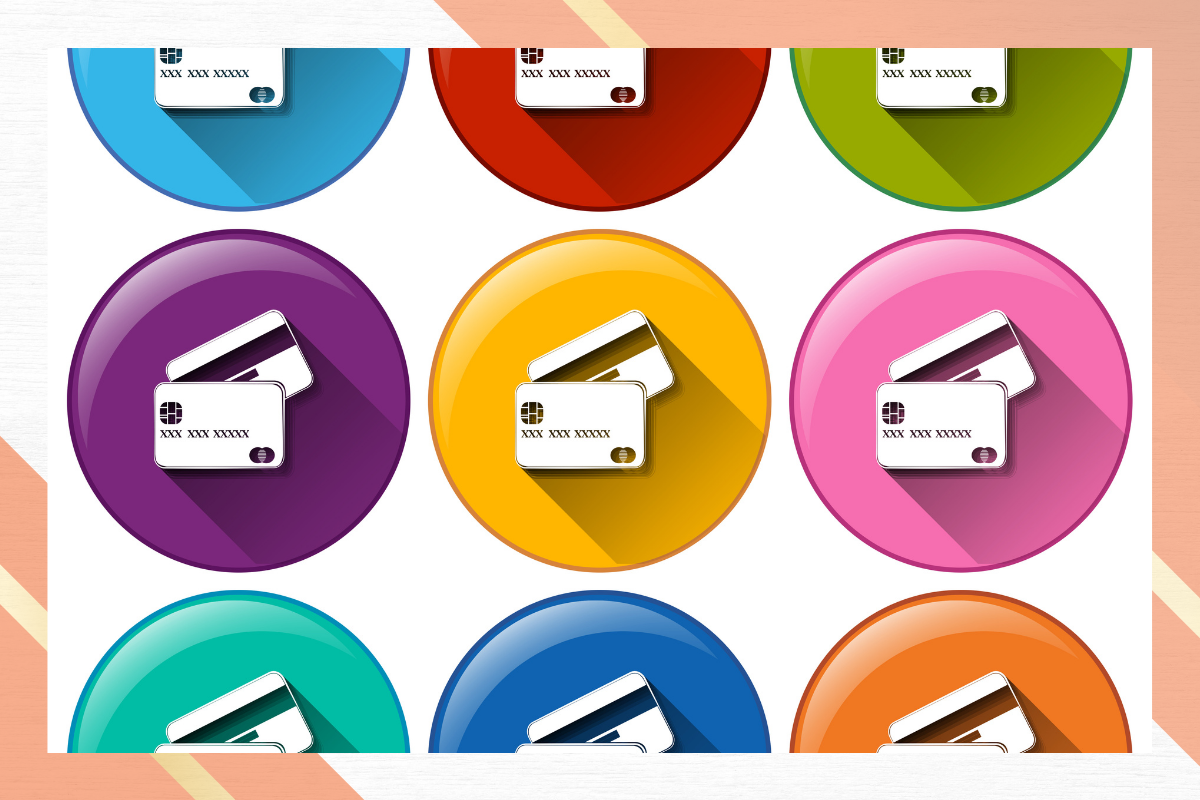We recommendation is:
How to Create an Effective Financial Budget

You can’t expect your finances to be in order if you don’t have a budget in the first place. After all, budgeting is the cornerstone for successful financial management. Whether you want to rein in your spending habits or you just want to save for your dream vacation, it’s critical to master the art of budgeting.
This article will delve into several important tips and pointers on how to create an effective financial budget that you can easily stick to and help you reach your goals and objectives.
Determine Your Financial Goals
While it’s great to create a budget and review your spending, what’s even the point in all that, right? When you have a budget in place, it will be easier for you to set your financial goals and achieve them. For example, you might want to travel, buy a car or a house, pay off your student loans, or plan for your retirement.
All of these financial goals will make it easier for you to identify your budget while allowing you to determine the specific amount of money that you can allocate for them.
Building an emergency fund is one of the most important financial goals that anyone should have. An emergency fund is a savings account that lets you prepare for unforeseen expenses or emergencies. These may include stuff such as medical bills, car accidents, layoffs, and any similar expenses that you can never plan out or expect ahead of time.
These emergency funds should be enough to cover your expenses for three to six months. the good news here is that because you are aware of the amount of money needed per month, it will be easier for you to get an idea of how much is required to build your emergency fund.
After identifying the amount you need for the emergency fund or any other goals you might have, it will be easier for you to develop a savings plan that best suits your current budget. You may allot $10 or $50 monthly to your savings account, for instance. You can also request to send a specific percentage of your monthly paycheck to a different account so that you know that it is there even if you don’t see it.
Take your time to ponder on your goals, estimate the amount you will need to reach them and proceed to create your budget depending on your expenses and current income. Once you have identified your financial goals or the specific milestones you hope to reach, you can now act on your plan.
Consider Your Net Income
The next step to creating an effective financial budget is to know how much money comes in. However, you have to remember how easy it can get to overestimate the amount you can afford if you consider your salary as the entire amount you can spend.
Don’t forget to subtract all the necessary deductions as well as the flexible allocations for your spending accounts when you come up with your budget worksheet. Net income refers to your final take-home pay and this is the specific figure you should use and consider when you create your budget.
The good news is that if you have a certain talent or hobby, you can look for new ways to supplement your main income. This extra flow of cash may also come in handy during emergencies such as an unexpected job loss.
Know Your Expenses
It’s also critical that you know where your money goes exactly. You will be able to tailor your budget according to your needs after you get a good idea of how much money comes in and where it goes. Categorizing and tracking all your expenses will make it easier for you to identify the things where you spend most of your money and pinpoint the areas where you can save the most.
Start by taking note of your fixed or definite expenses. Such expenses include your regular bills every month, including your mortgage or rent, car payments, and utilities. Next, it’s time to list down your variable expenses or those that might change every month, including gas, groceries, and entertainment. It is in this area where you can look for ways to cut back. Bank and credit card statements are an ideal place to begin because these usually categorize or itemize your monthly expenses.
Be sure to record your everyday expenses with whatever is handy, whether it is your usual paper and pen, a smartphone app, or the budgeting templates or spreadsheets available online.
Adjust Your Spending Targets According to Category
You can start making the necessary adjustments after you have calculated the amount of money that comes in and goes out. Most experts recommend following standard percentages for savings, needs, and wants.
The common rule they suggest is the so-called 50-30-20 rule. The main concept here is that you divide your total net income into three different categories. Needs should make up 50% of your expenses, 20% should be for wants, while the remaining 20% should go to savings.
Remember that this generic rule is just a starting point, with the percentages possibly changing depending on your income level, goals, and cost of living. But again, take note that not everyone can follow this rule of thumb, particularly if your area is known to have a higher cost of living.
Another possible breakdown is to allocate more for housing and less for savings. For instance, you can set aside 40% of your net income for housing, which includes utilities, mortgage, rent, and others. You can then allocate 10% each for food, transportation, clothing, entertainment, miscellaneous expenses, and savings.
You can then use the expenses that you’ve tracked earlier to determine the most sensible breakdown for you. Whatever it is, try to set aside some money for your emergency fund every month. You should also make it a point to spend more on needs instead of wants. 5.
Many softwares can assist in you in manage you money, check out the best budgeting apps of september 2023.
Cut Down Where It’s Possible
Since you now have a better idea of your money, where it goes, and where you can make adjustments, you can now think about what might not fit into your budget at all. Go through all your transactions once again and ponder on the expenses that you want to cut down or get rid of completely.
For example, you might realize that you would rather pack your lunch to save some cash or you don’t need five streaming subscriptions. List down all these items and once you’ve prepared the list, review each item and set a budget for each one.
If you’re spending $80 a week for dining out, you can try to cut it down to just $55 a week instead. Don’t forget that your budget should still suit your lifestyle. If you do want to dine out thrice every week, you can come up with a number that will let you do so while still being cautious with the amount you spend every month.
Decide Where Your Savings Will Go
Once you have followed through steps 1 to 5, you can expect to build up some savings sooner or later. Now, here comes the most thrilling part. What will you do with the money you’ve set aside, then? If you still have an existing debt with a high-interest rate, the best thing you can do is to pay this off first.
You can also try consolidating this debt at a much lower interest rate so that you can increase your savings while paying it off much faster. An ideal target here is to make it your goal to save $1,000 in your savings account and build this into an emergency fund that is enough to cover three months’ worth of expenses.
If you would rather target a portion of your income, you can also try to start at 10% or 5% and then increase the amount of your savings over time.
Check In Regularly
While it’s nice to have an effective financial budget in place, all will be useless if you don’t review it. Make sure that you go through your budget regularly to ensure that you always stay right on track. Remember that some elements or areas of your budget might not be set in stone or might change over time.
For example, you might have more expenses in the long run, you may enjoy a raise, or you might have already achieved your goal and now, you’re ready to embark on a new one. No matter what the reason may be, continue to check in with your budget using the steps listed above.
Aim to stick to your budget by going through it every one or two weeks. Doing so will help you understand right away how your expenses are going, what requires adjustments, and if you’re following through with your financial goals.
The Bottom Line
Learning how to create an effective financial budget always begins with the determination to do so. Make sure you stick to the pointers above so you can embark on your way to better finances and hopefully, complete financial freedom!
Discover other tips in our website, like how to Calculate Your Interest Rate.





